Modern vehicles can be equipped with about 64 dashboard lights and symbols, and many drivers admit that they are not fully familiar with the function or purpose of each individual light. While some drivers may have their dashboard lights and symbols committed to memory, it’s not a pleasant feeling when an obscure light begins to blink on the dash and you’re not sure what to do about it!
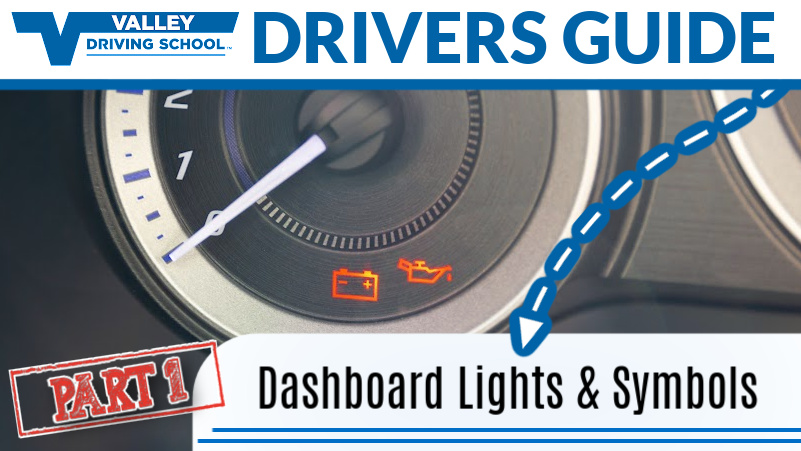
It’s more important that we understand our dashboards than we think and it’s never too late to educate ourselves on the various functions and features that our vehicles have to offer. The first in our Drivers Guide to Dashboard Lights & Symbols three-part series will show off six of the most common dashboard warning lights and symbols!
6. Low Fuel Indicator
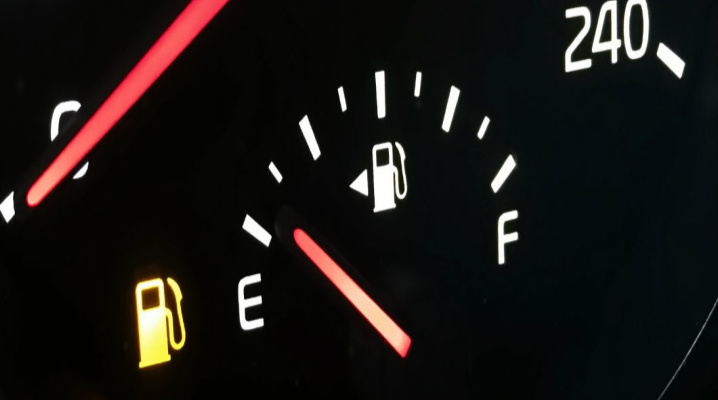
This warning is fairly self-explanatory and you would be hard pressed to find a driver who hadn’t experienced this indicator before! Vehicles will differ from one make and model to another as to when the indicator comes on. For example, the 2022 Toyota Corolla will show the low fuel indicator when the fuel level gets down to about 7.5L and the indicator in a 2021 Mazda 3 will pop on around 9L.
You should aim to avoid having this indicator come on, as running with a low amount of fuel on a regular basis can cause damage to various parts of the fuel system. We recommend sticking to a “quarter-tank rule”, which means always keeping the fuel in your vehicle sitting above the quarter-tank line. This is better for your vehicle’s fuel components and it also ensures that you won’t be caught with an empty fuel tank when it’s not very convenient for you!
5. Tire Pressure
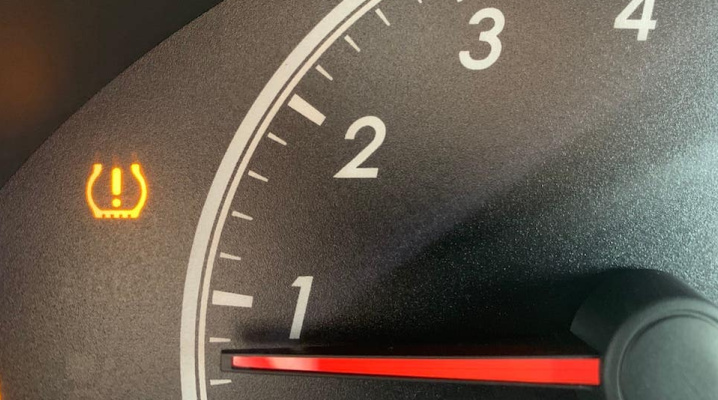
This light indicates a pressure irregularity in your tires, whether that means too low or too high. Some vehicle makes and models will also indicate which tire has an issue and what the current psi is sitting at. The right amount of tire pressure will vary depending on your vehicle and the tires you have, but a common range for small to midsize passenger vehicles is 30-40 pounds per square inch (psi). It’s important to have the correct tire pressure, as having underinflated or overinflated tires can cause unnecessary wear and tear on your tires. Having inadequately inflated tires can also be a major factor in causing hydroplaning when driving in the rain and wet road conditions.
The owner’s manual or on the vehicle placard, which is most often found on the driver’s side door jam, will tell you what your tire pressure should be. This placard also lists the correct tire size for your vehicle.
4. Anti-Lock Brake System (ABS) Warning Light

If the ABS warning light comes on, there may be something wrong with the vehicle’s braking system. This can include low ABS fluid in the reservoir, broken speed sensors, or a malfunctioning system. It may also be indicating that the ABS is turned off altogether. To rectify the ABS warning light, first pull over when and where it is safe to do so, and complete a power cycle. Turn your engine completely off, wait a minute, and then start it up again. Like a computer, this will force your vehicle to reset it’s internal computer and components which may be an easy fix for the indicator.
If this simple power cycle doesn’t stop the ABS warning light from coming on, call your favourite mechanic and have an appointment set up as soon as you can. They will be able to run a full diagnostic and determine what the problem is, and get you back on the road with a safe vehicle.
3. Traction Control
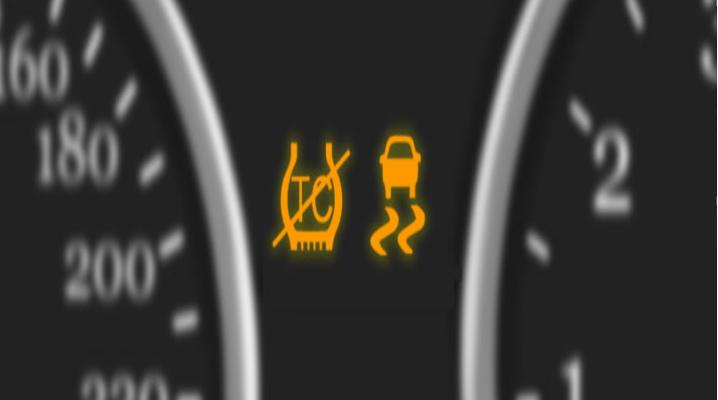
Traction control helps to maintain drive power and prevent the wheels from spinning, when you’re moving on slippery roads. The indicator light on your dashboard will flash whenever the traction control systems are operating, which happens automatically when your vehicle detects slipping. You may also see the traction control off indicator, which means that the system has been disabled.
Most vehicles that have traction control are equipped with a button, typically on the center dashboard or console, that allows you to disable the system. This can come in handy if you are stuck in mud, dirt, or snow. The traction control system may reduce power from the engine to the wheels, so you can disable it to regain this power if you are trying to get yourself free. Once you are free, be sure to turn it back on so it’s there to assist you when needed!
2. Check Engine Light
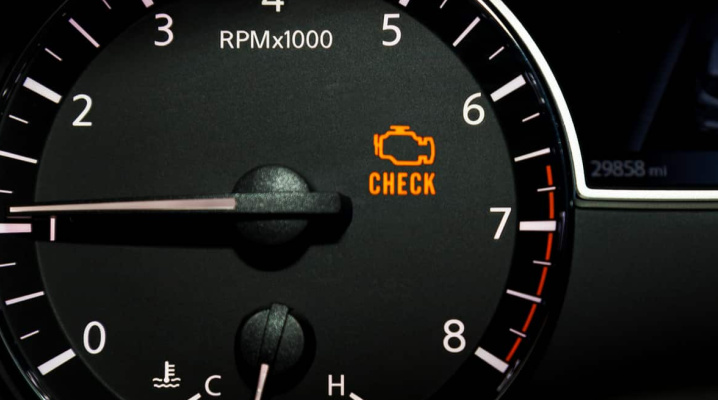
This warning, which is also referred to as the engine malfunction warning, could appear for a variety of reasons. It could be as simple as your fuel tank cap not being locked on correctly or it could be a sign of something more serious like a malfunction in the engine, throttle, or transmission control system. When this warning appears, you should start by checking your owner’s manual for any quick fixes (like locking the fuel tank cap) and then proceed to a mechanic for a more in-depth diagnosis.
If this indicator light comes on as a flashing light instead of a steady light, this typically means that there is a serious problem, such as the engine being at risk of quickly overheating.
1. Battery Lock
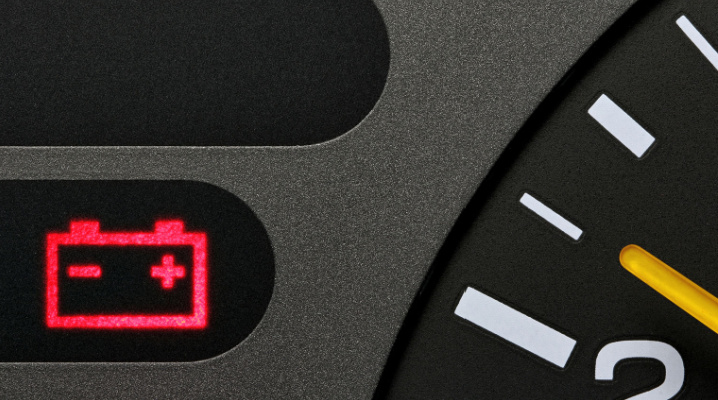
This notification can be deceiving and isn’t always indicative of a battery-related issue. It could mean you have a loose cable, a low car battery, or even a broken part. If it IS your battery, your car will begin to function differently to accommodate that until you can plug your vehicle in or replace the battery, like dimmed light displays or faded headlights. It’s best to get this checked out as soon as you can, so you avoid any emergency situations where you have a dead battery.
When this indicator comes on, you should have the battery professionally diagnosed before making a decision as to recharge or replace.
–
By understanding your vehicle’s dashboard functions and warnings, you are becoming a smarter and safer driver, and this knowledge can come to your aid as well as other drivers! This top six list is a small piece of the many dashboard lights and symbols you can find. In part two we’ll be diving deeper into some of the specific symbols and what you should do if you see them.
